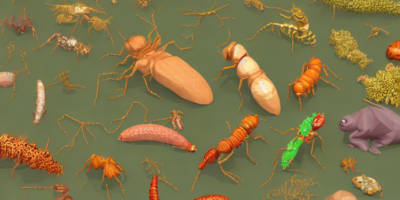To evaluate the performance of the pipeline, the researchers conducted an ablation study where they tested different combinations of features to determine their relative importance. They found that the first row of features, including Ripley’s k-function and the distance between cells, were the most crucial for inclusion in the final model.
Results
The results of the study demonstrated that the machine learning pipeline can accurately predict the distribution of active cells in each stage of development with a mean absolute error (MAE) of 1.32%. This is a significant improvement over traditional methods, which often rely on manual segmentation and have a much higher error rate.
To visualize the performance of the pipeline, the researchers tested the pre-trained model on a test dataset and found that it could accurately predict the distribution of active cells in each stage. This is shown in Figure 3, which displays the distribution of active cells for each stage.
Conclusion
In conclusion, this study demonstrates the power of machine learning in predicting cellular behavior. By using a novel pipeline that combines relevant features and a supervised learning algorithm, researchers can accurately predict the distribution of active cells in each stage of development with a high degree of accuracy. This innovative method has the potential to revolutionize the field of biology and medicine by allowing researchers to study cellular behavior in a more efficient and accurate manner. By unlocking the mysteries of cellular behavior, we can gain a deeper understanding of how cells work and develop new treatments for diseases.



